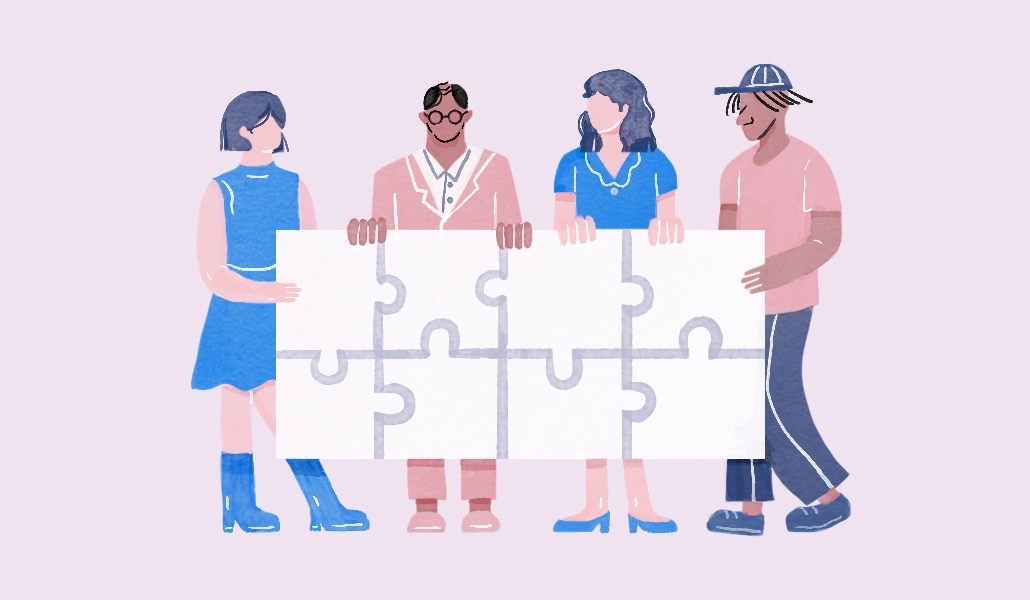How one company focuses on ‘recovery’ to combat employee disengagement

Employee disengagement is a burning issue for most companies today, and is what underpins many of the catchy phrases that have become popular lately, like “quiet quitting” and “bare minimum Mondays.”
To avoid it becoming contagious, some companies are addressing it head-on with new programs and mindsets.
For example, Exos, a corporate wellness company, rolled out a “Readiness Culture Code” to its 3,000-person workforce on March 28, and plans to make the blueprint available to all its clients — 25% of the Fortune 100, a roster that includes Adidas and Adobe.
The code includes how to successfully execute a four-day workweek and practices to make work healthier overall. But at the root of the guide is recovery — from taking Friday to rest to utilizing meeting recharge breaks to putting timezones in email signatures to encourage responses during working hours.
“[HR professionals tell us], because of the shift to hybrid work, we haven’t done a good job at modulating work and rest because everything is so blurred,” said Sarah Robb O’Hagan, Exos CEO, who felt burned out after giving birth to her third child and leading the turnaround of a $5 billion business that she preferred not to name. O’Hagan ultimately took a three month sabbatical to recover and help shift her perspective re-entering the workforce.
Exos is now operating on a four-day workweek to account for “intentional recovery,” said Robb O’Hagan. “If we can make time for that, we come back with a level of energy and engagement on Monday ready to do team-based work together, ready to really go all in, because we made the time for rest and recovery,” she said.
Exos will use these learnings for its guidebook to clients, which it plans to offer after they complete a study on the impact it has on their own workforce.
“So many of our clients were saying ‘help, help, help, our employees are burned out,’ we were like ‘wow, actually what if we could measure what we already do?’” said Robb O’Hagan. “It forced us to put real thought and time into it.”
Sarah Crawford, principal advisor at human resources company Working IDEAL, says that writing down a culture code can complement a company’s set of values by taking a deeper dive into what those values look like in action.
“Values might be a list of five different things, but the culture code tends to build out more specifically what it means in practice,” said Crawford. “What are concrete example of positive ways that employees can carry out their work consistent with those values?”
Crawford also said having a culture code helps replace what some companies put in handbooks or posters on a wall or in a video shared with the company. “It’s sort of a new angle that we are increasingly seeing employers taking to,” said Crawford. “It makes clear the positive behaviors they want to encourage and they can tailor it to the particular experience of workers in that workplace.”
Over the next six months, Exos will partner with researchers at the Wharton School of Business to conduct a study to gauge the impact of implementing the readiness culture code and assess how reducing work days affects well-being and performance. That means asking questions about whether employees are experiencing joy in their life, whether they’re feeling energized for the day, and so on.
Psychological safety has become a more popular concept within businesses over the last few years since the pandemic turned the working world on its head. Exos has a number of employee resource groups, to help cultivate psychological safety at work, like Love Wins for LGBQIA team members, Disability, Inclusion and Advocacy, Women of Exos, Multicultural BIPOC and The Dependables for caregivers. The hope is that the new code will help reinforce its existing focus on providing a supportive work environment to bolster mental well-being for its employees.
Overall, though, it will be a process of iterations. “We’re going to get to the end, get a measure of satisfaction, engagement, productivity, and then as a leadership team we can figure out what we want to tweak and improve as we go forward,” said Robb O’Hagan.
Crawford also stressed that culture codes are best when they are living documents that should be revisited. “We recommend companies keep it fresh. Look for ways to circle back to it, highlight it, and remind folks of what’s in there,” said Crawford. “There are other opportunities, like making it a part of onboarding or including it in regular training.”


